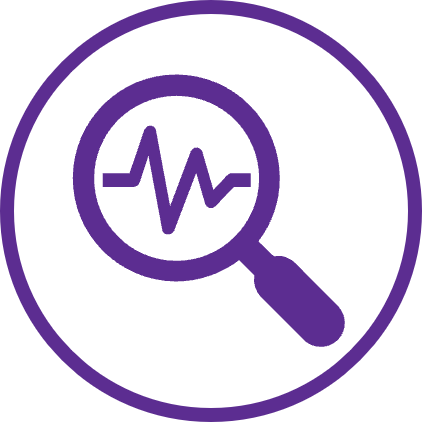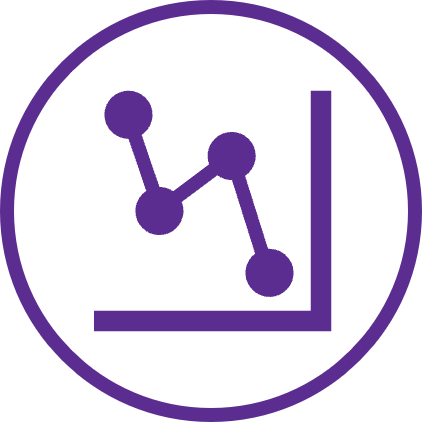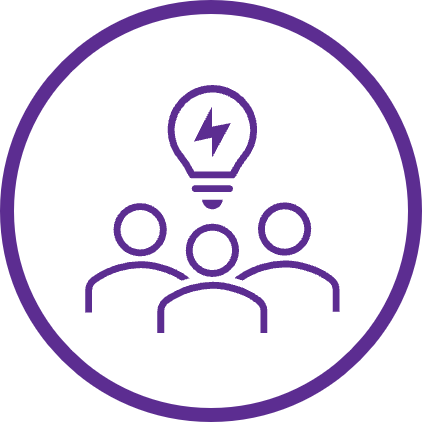Conducting responsible business is fundamental to Proximus. The guiding principles we hold ourselves and our suppliers to are reflected in our Supplier Code of Conduct. These principles allow us to forge ahead with our long-term vision, helping us to be a company committed to the development of society and the care of the planet.
To reduce the CO2e emissions in our value chain, we implement green procurement policies that include sustainability and climate change criteria.
In partnership with our suppliers, we look for optimized designs of products for more energy efficiency and with the integration of circular economy principles. We strive for innovation in business models to extend the lifespan of products and reduce the related CO2e emissions.
In addition, we encourage our suppliers through our Supplier Engagement Program to reduce their own emissions in line with 1,5°C climate science and make the transition to renewable energy sourcing.
To play our part in limiting the global effects of climate change and to be able to attain our net-zero ambitions, we have set the target for our most carbon intensive suppliers; to adhere to the following expectations:
Set the Baseline
See where you stand
- Measure your own emissions as an organization to establish a baseline and to identify your main impact categories.
Commit to Reduce
Make a public commitment to cut emissions.
- Define a target to reduce emissions across all three scopes of emissions.
- In preference, Validate the target with the ScienceBasedTarget initiative or the SME ClimateHub committing to halve organizational CO2e emissions before 2030.
Take Action
Make high-impact changes and implement hands-on solutions
- Transition to source energy from renewable sources and continuously implement energy efficiencies to reduce over-all energy consumption.
- Address your value chain emissions by engaging and collaborating with both your suppliers and customers.
Disclose Progress
Share your own climate report with your stakeholders
- Annual measuring and public disclosure of organizational CO2e emissions (scope 1, 2 & 3) to allow transparency in your progress.
- Report on the key actions taken to reduce emissions to demonstrate what your organization is doing to meet its targets.
Discover our Supplier Engagement Webinar where we introduce our Net Zero ambition and Supplier Engagement strategy. A message reinforced by our CEO Guillaume Boutin.
With 82% of our emissions taking place in our supply chain, we need our suppliers to join us on this critical journey. In this webinar our Procurement Lead, Sustainability Lead, and Supplier Engagement Manager walk you through our Supplier engagement program and how it fits into our corporate strategy and procurement processes. For more guidance and resources click the button just above!
How is it integrated in Procurement?
- The climate requirements above are a reflection of our Supplier Code of Conduct
- We have developed a Climate Maturity Score, based on a short-form survey. This score will be integrated into:
- Tender evaluations (Supplier Selection)
- Supplier Relationship & Performance Management
- The climate requirements are translated into time-bound contractual clauses and integrated into new and renewed contracts
- Our Supplier Engagement Program pro-actively engages our prioritized current suppliers to address these requirements. Prioritized suppliers are alerted via our Supplier Engagement Letter and the amendment of the time-bound contractual clauses will be put forward for existing contracts.





